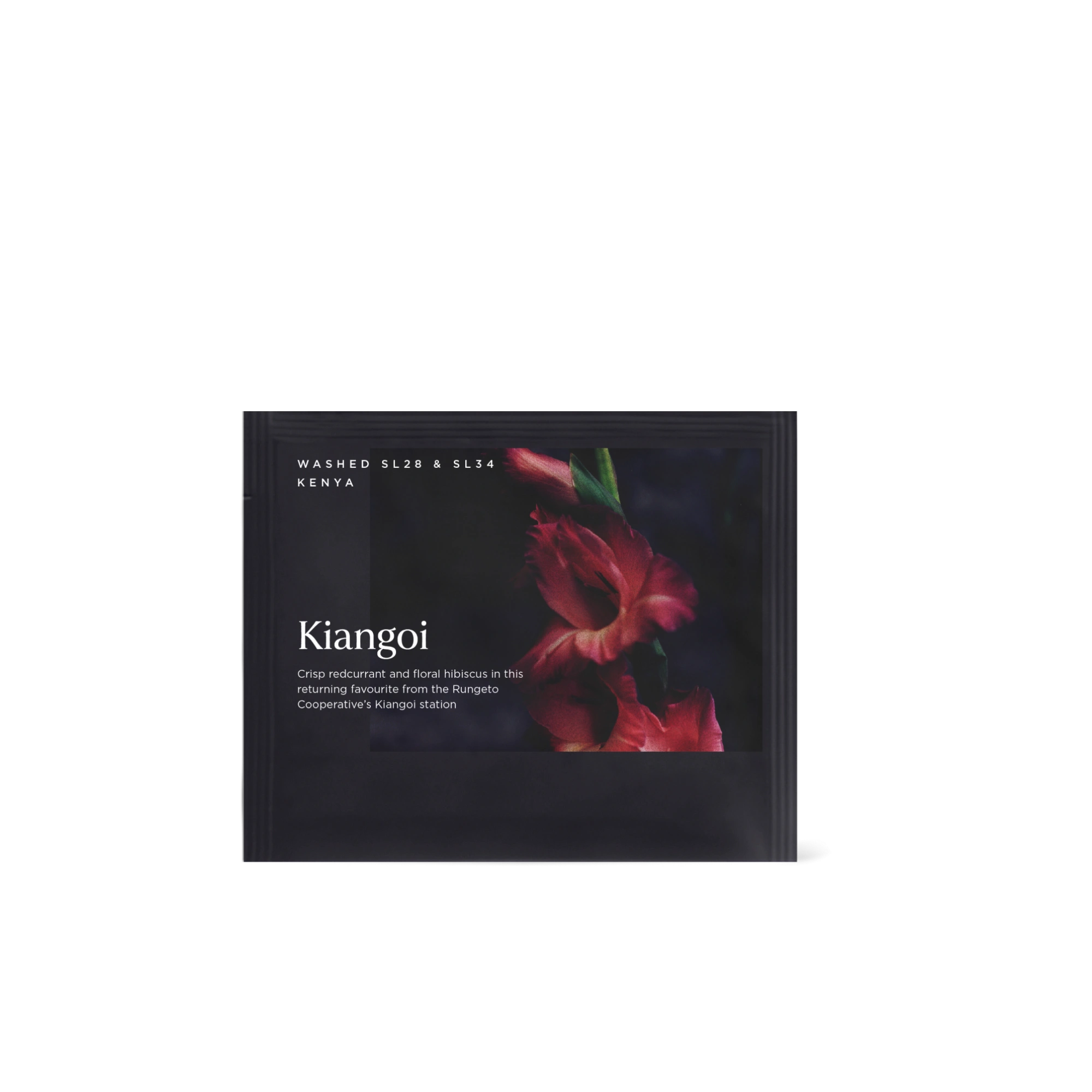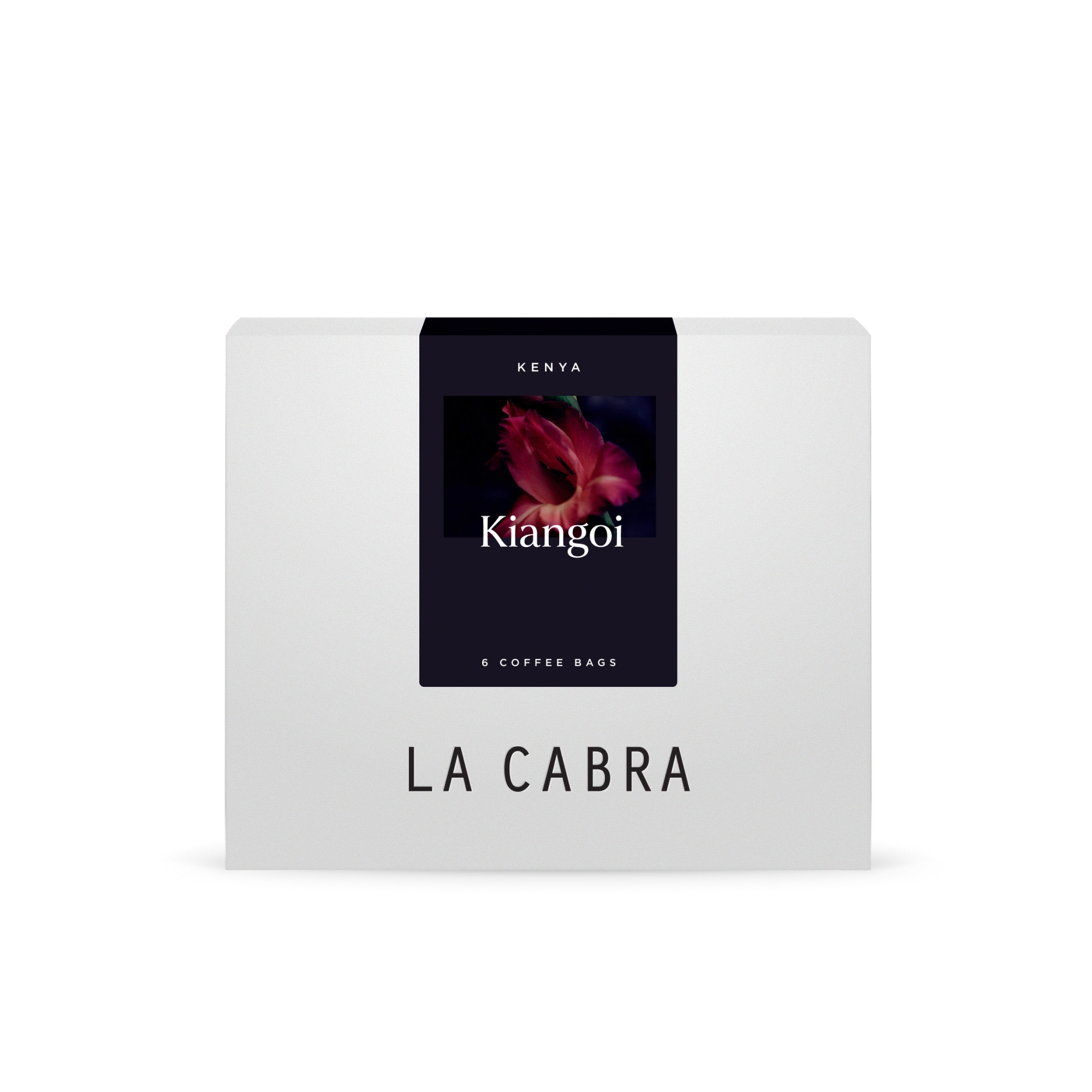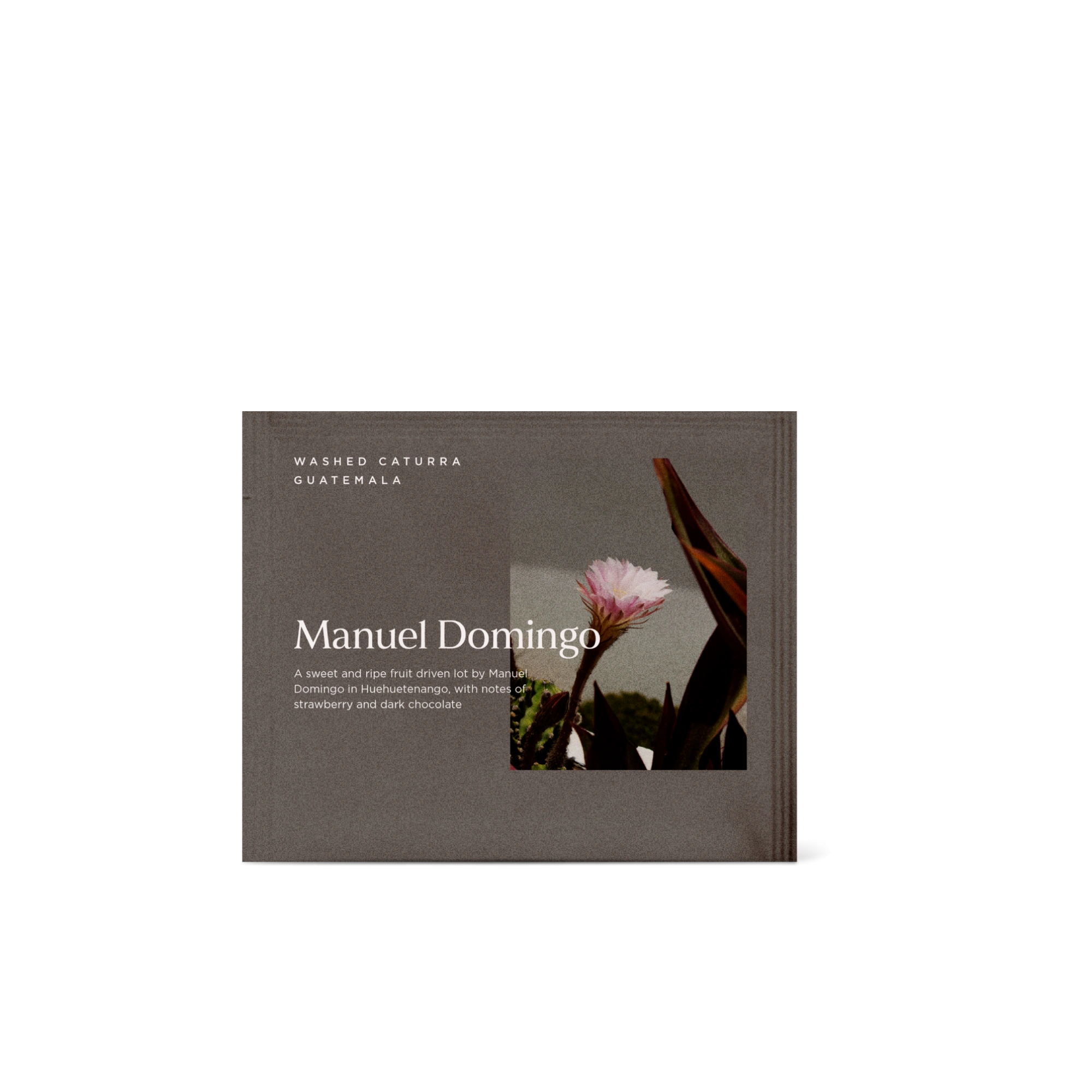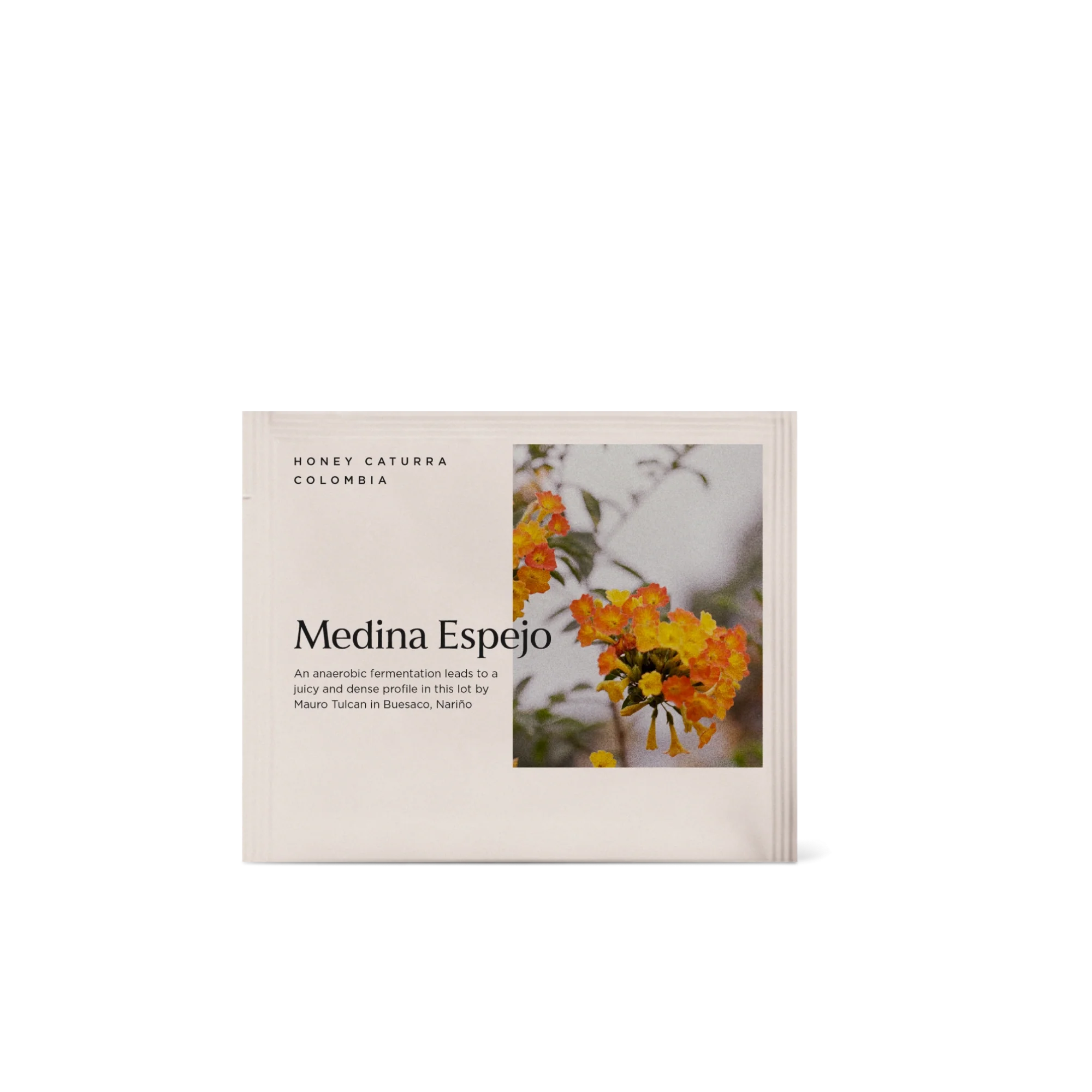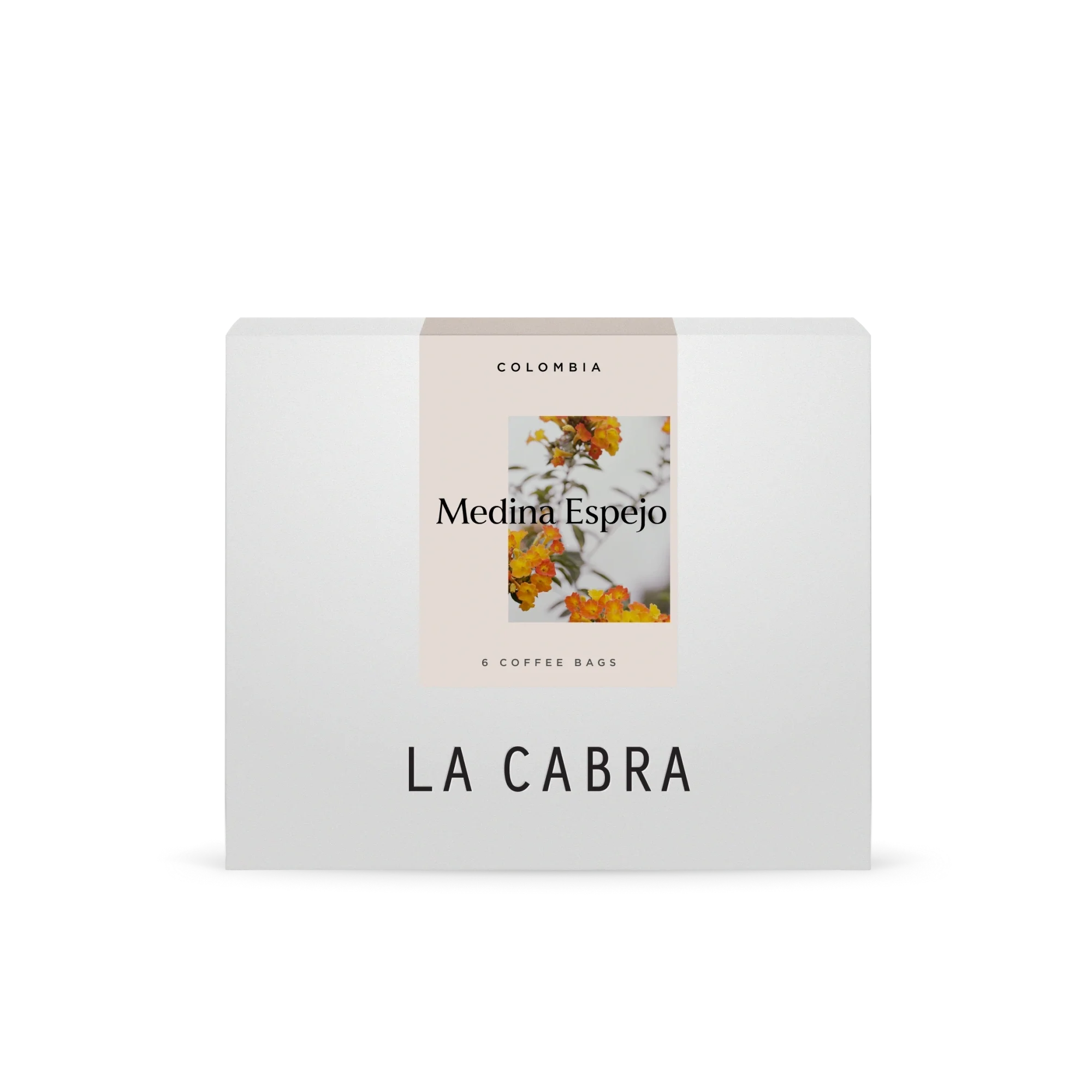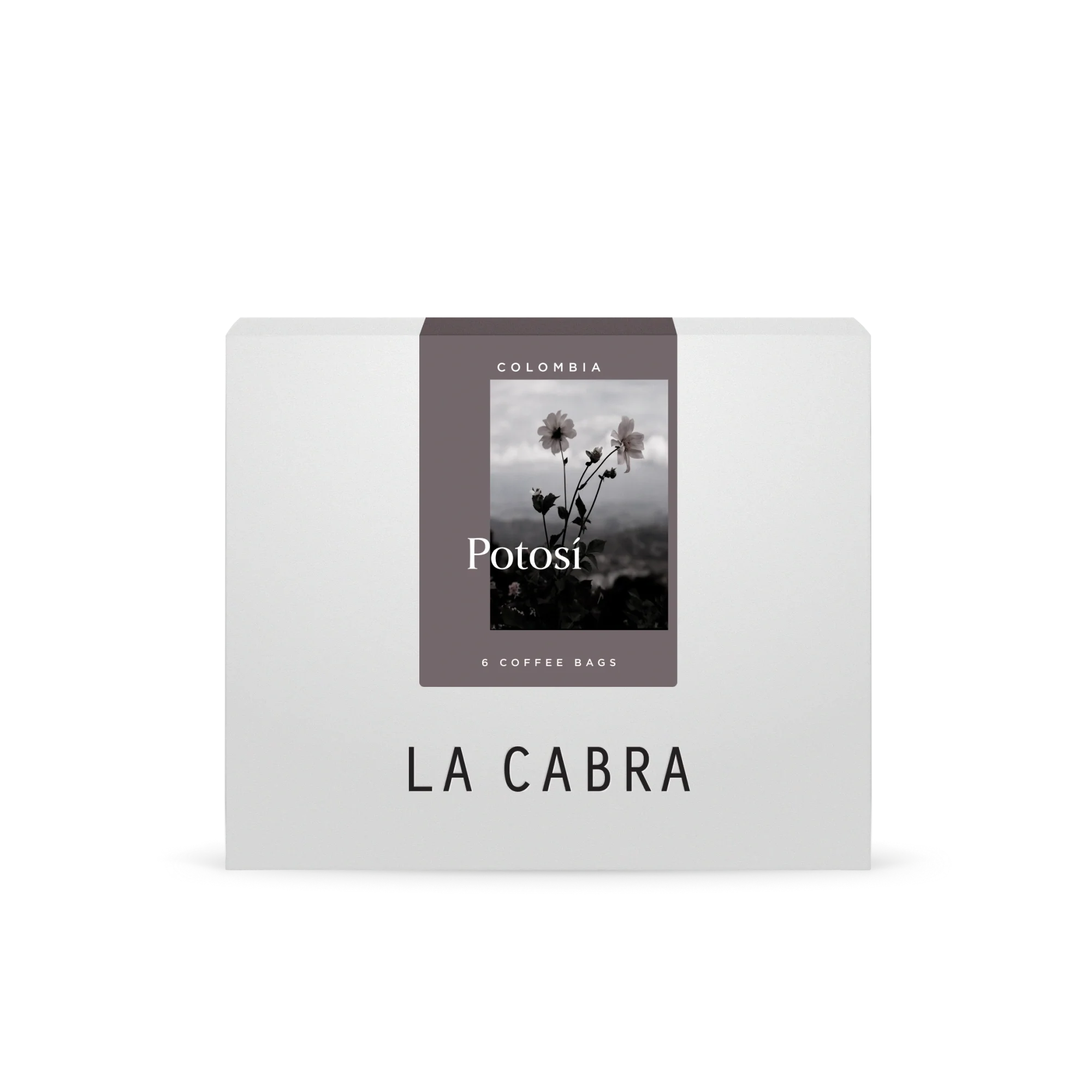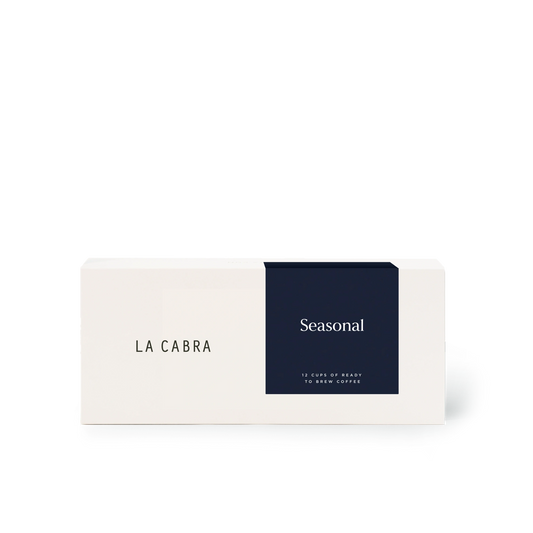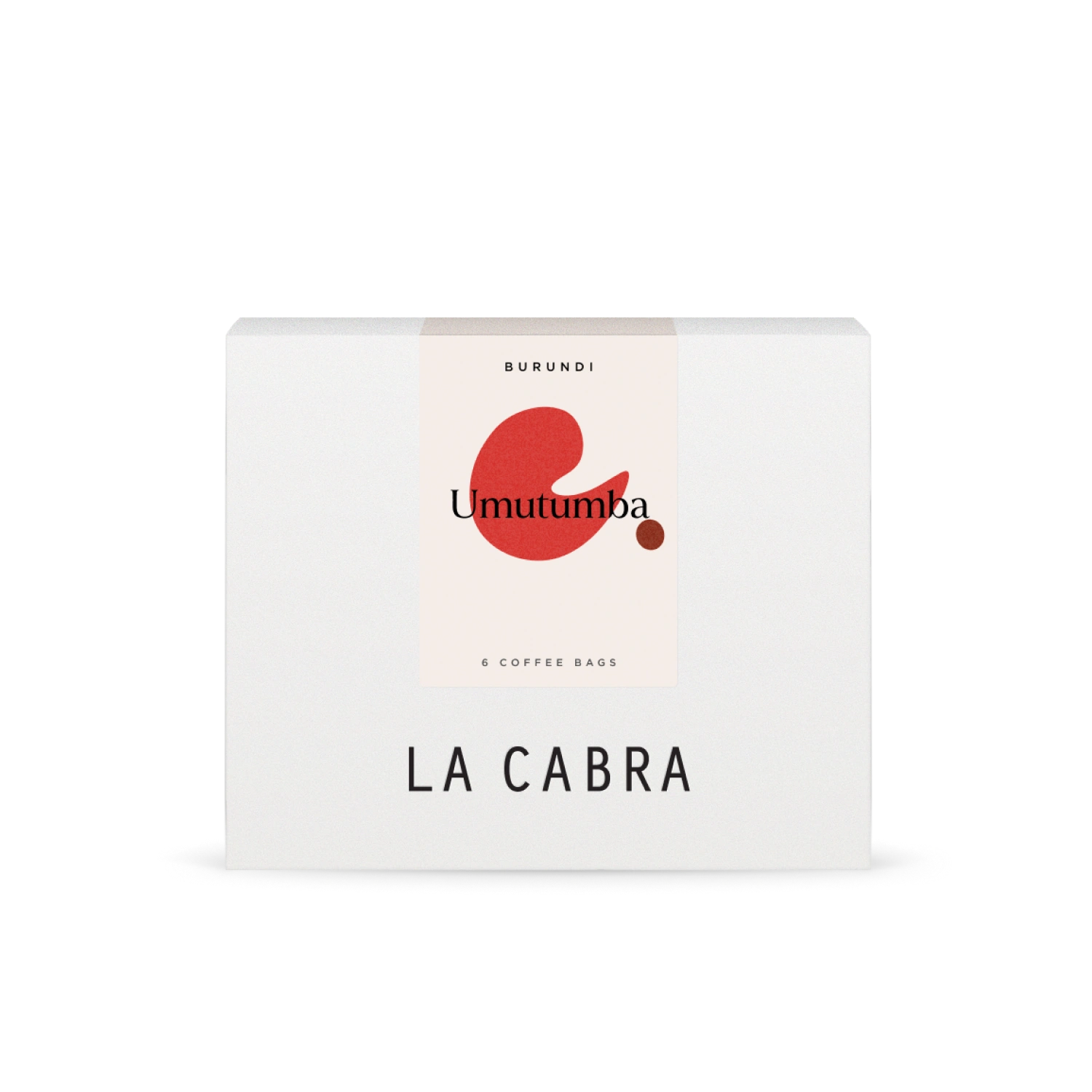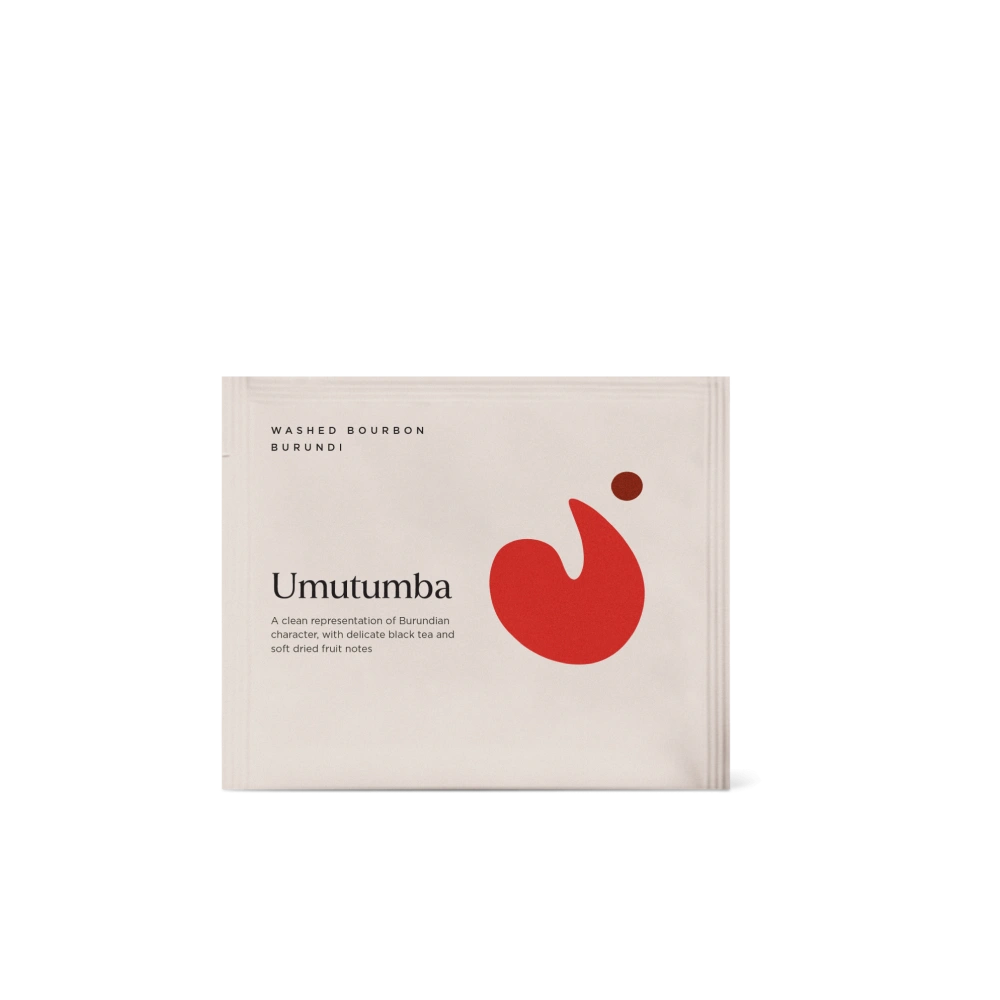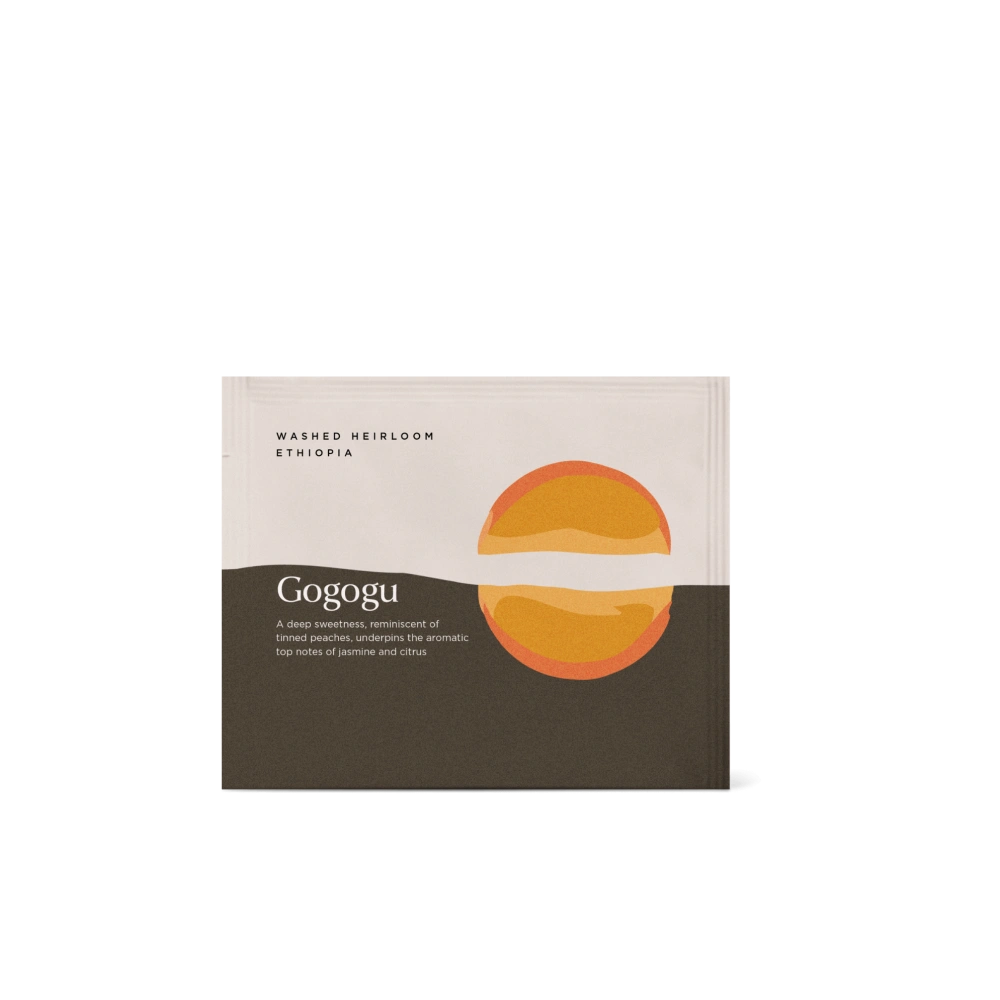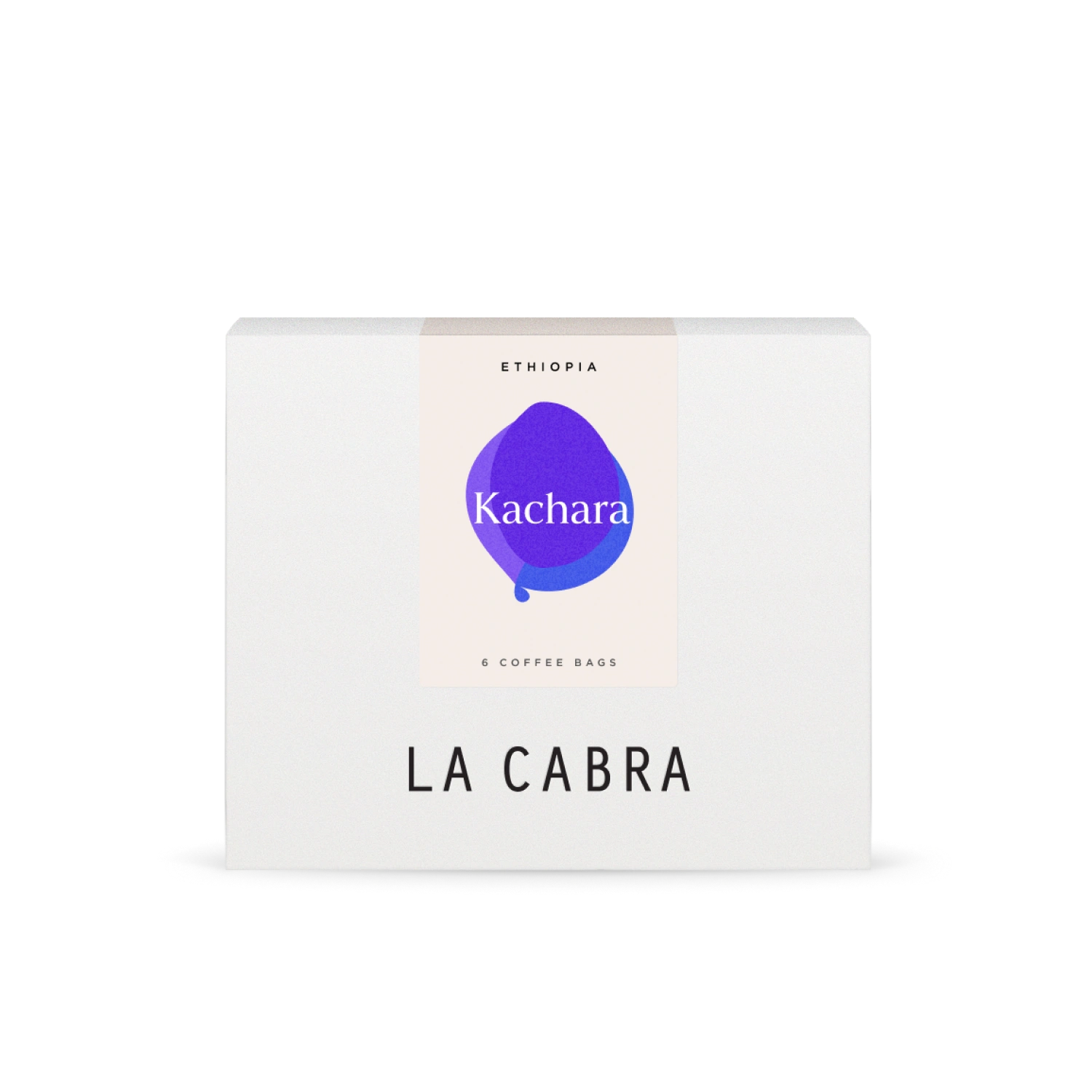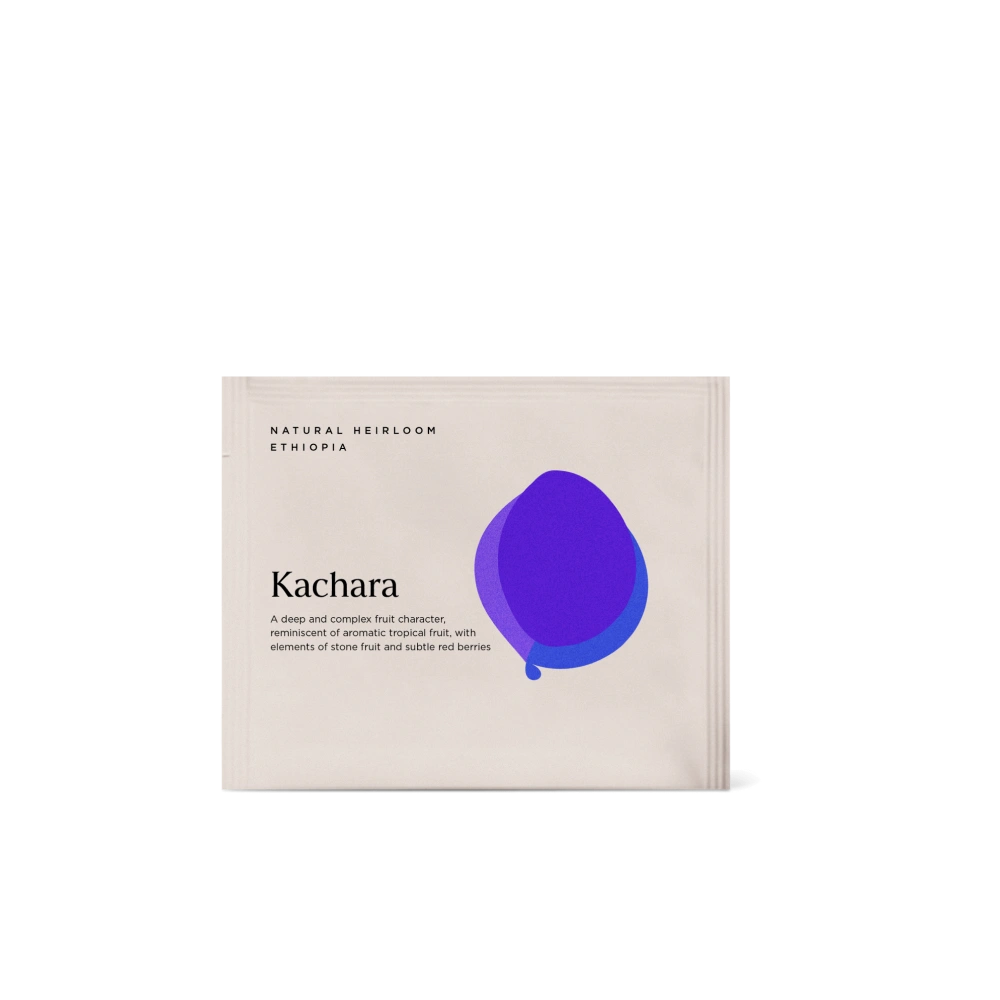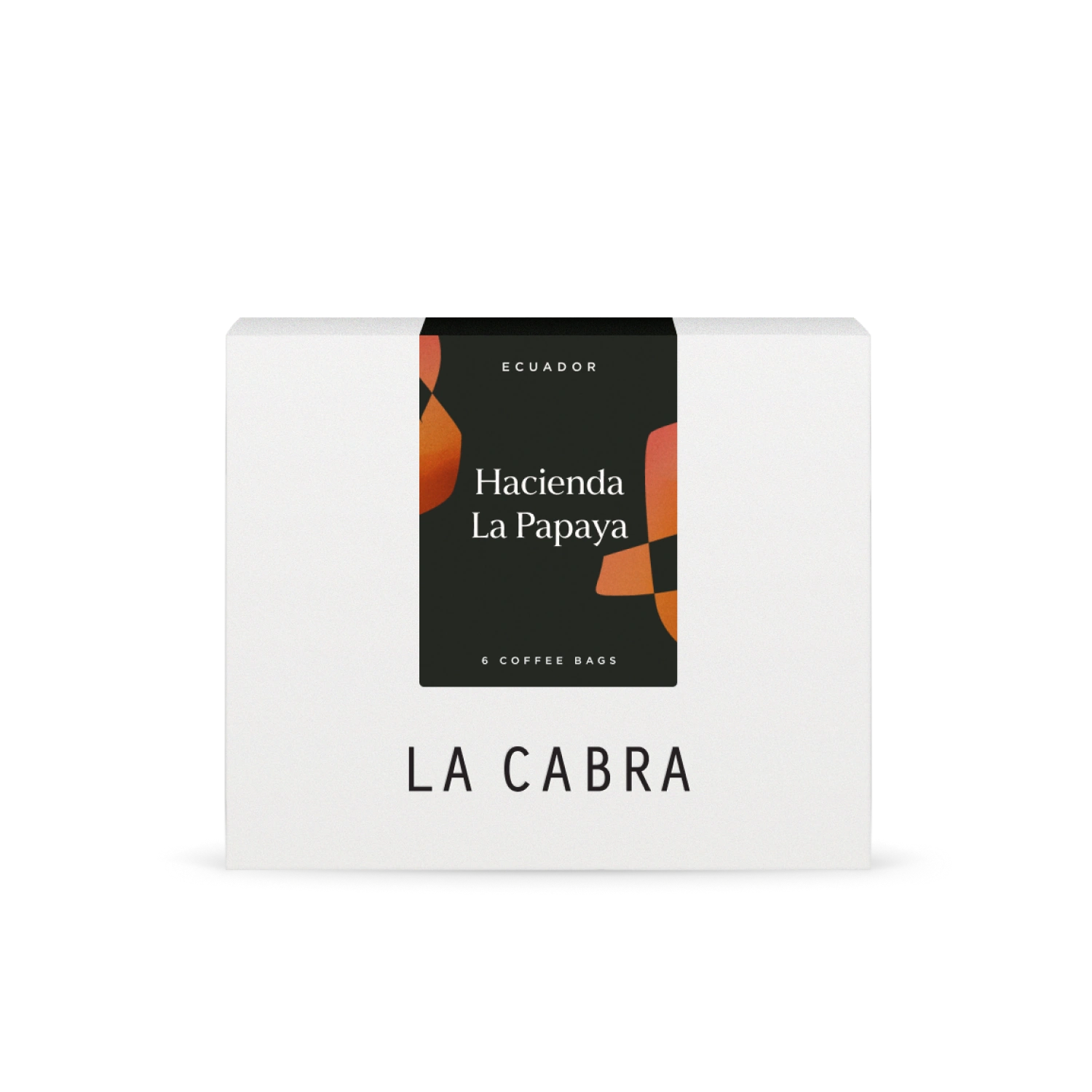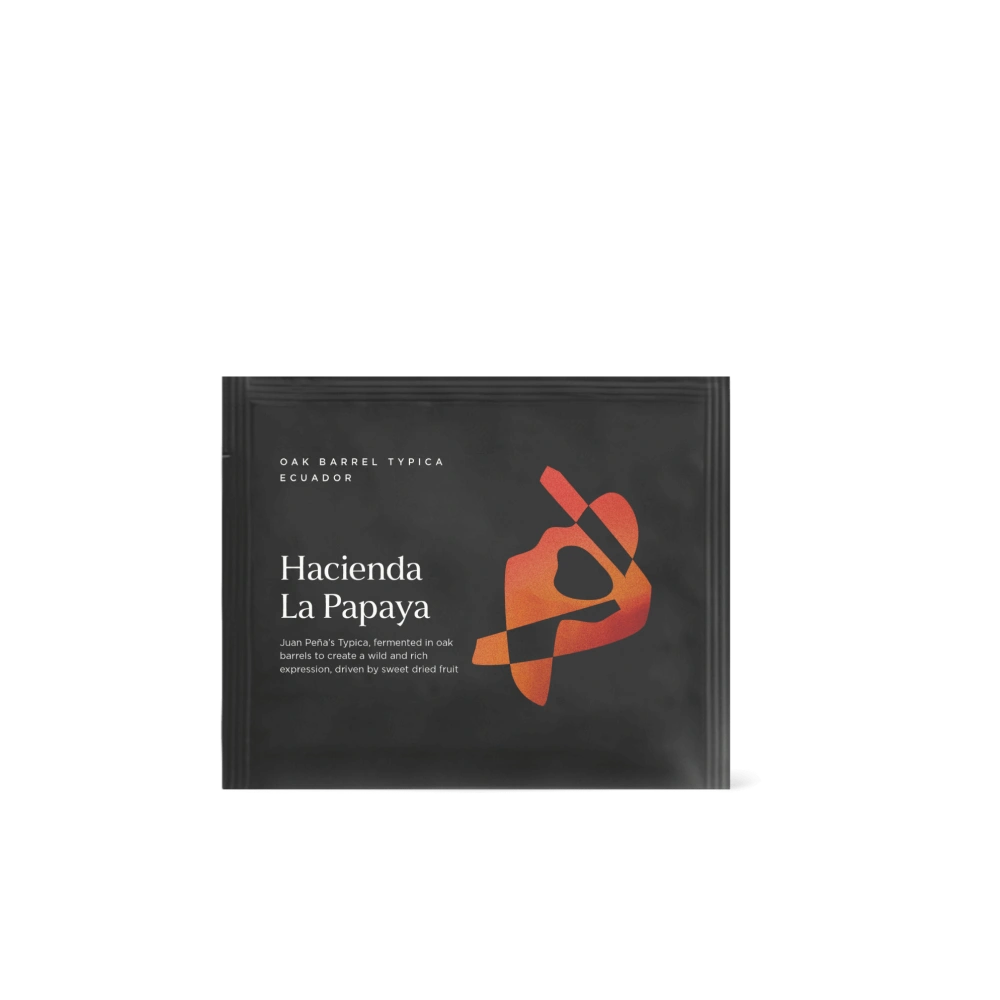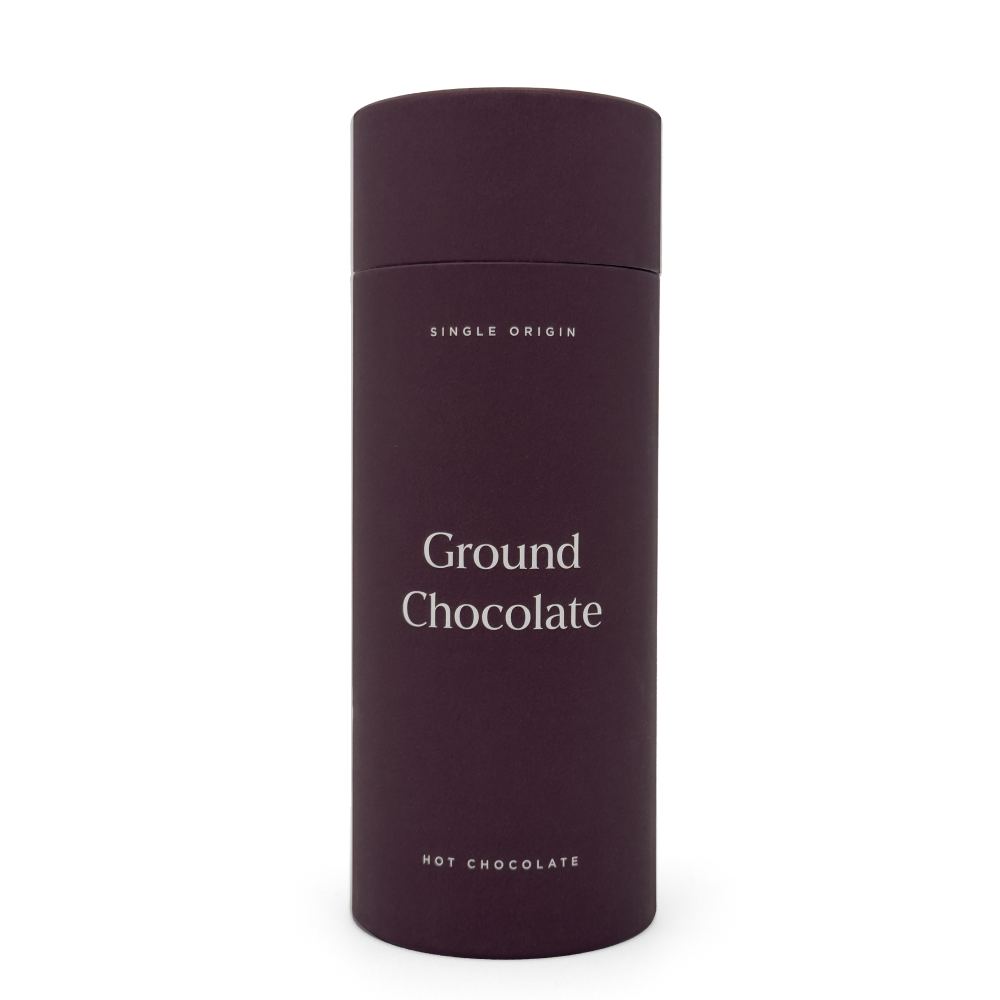
Ground Chocolate
Ground Chocolate is a natural extension of our cacao project. After years of searching for a high quality hot chocolate to serve in our own cafés, we finally have the opportunity to create our own, using cacao sourced and roasted by La Cabra.
Ground Chocolate doesn’t go through the final tempering stage of chocolate making, meaning it melts at a much lower temperature when combined with warm milk.

We recommend a 1:7 ratio of Ground Chocolate to your preferred milk or plant-based alternative.
We steam the mixture on an espresso machine’s steam wand, but it can also be heated gently on the stove.

The processing of cacao beans into cocoa involves fermenting, drying, and roasting, steps that are crucial in developing the bean’s rich flavors and aromas. As a result, cacao offers a vast spectrum of tastes and qualities, influenced by the specific conditions of its cultivation, making each region’s produce uniquely valuable to chocolate connoisseurs and casual consumers alike.

Huila
This lot of cacao was grown by smallholders surrounding the town of Altamira, in Colombia’s Huila region. The southern reaches of Huila, surrounding towns like Palestina, Pitalito and San Agustin, are famous for high quality coffee, with fields of Pink Bourbon reaching high into the mountainous terrain. Here in Altamira, just an hour or so’s drive to the north, the road winds its way into the gap between the two cordillleras of the Andes. There is coffee close by, from Altamira one can look up to the towering cordilleras on each side of the valley, but here we are surrounded by quality cacao.

A drive for quality
The drive for quality coffee in Huila is beginning to inspire cacao producers. Here, most have Trinitario hybrid varietals, distributed by local government and agricultural institutions. This lot is composed of FEAR-5, TCS-01, and San Vicente varietals, all selected in Colombia for their performance and quality here. Our partners from Osito saw the potential here, and set about trying to unlock it.

La Cueva del Oso
They have built ‘La Cueva del Oso,’ a community wet mill in Altamira, with the aim of serving both coffee and cacao farmers. The method with both is very similar. They collect whole fruit in the farming communities, paying immediately on delivery and heading back to Altamira for processing. In the case of cacao, this is rather unusual. Often, central processers collect the cacao beans and sticky mucilage, already removed from the pod and beginning to ferment in tanks. In order to maintain quality, the team at La Cueva bring all of that work in house, collecting full pods and taking care of all the fermentation at the mill. They use traditional wooden boxes, and a fermentation time of around 5 days in order to break down the mucilage, creating the familiar aroma and brown colour.
Here, this leads to a rich and complex chocolate, with notes of molasses, raisin, and bright citrus.



